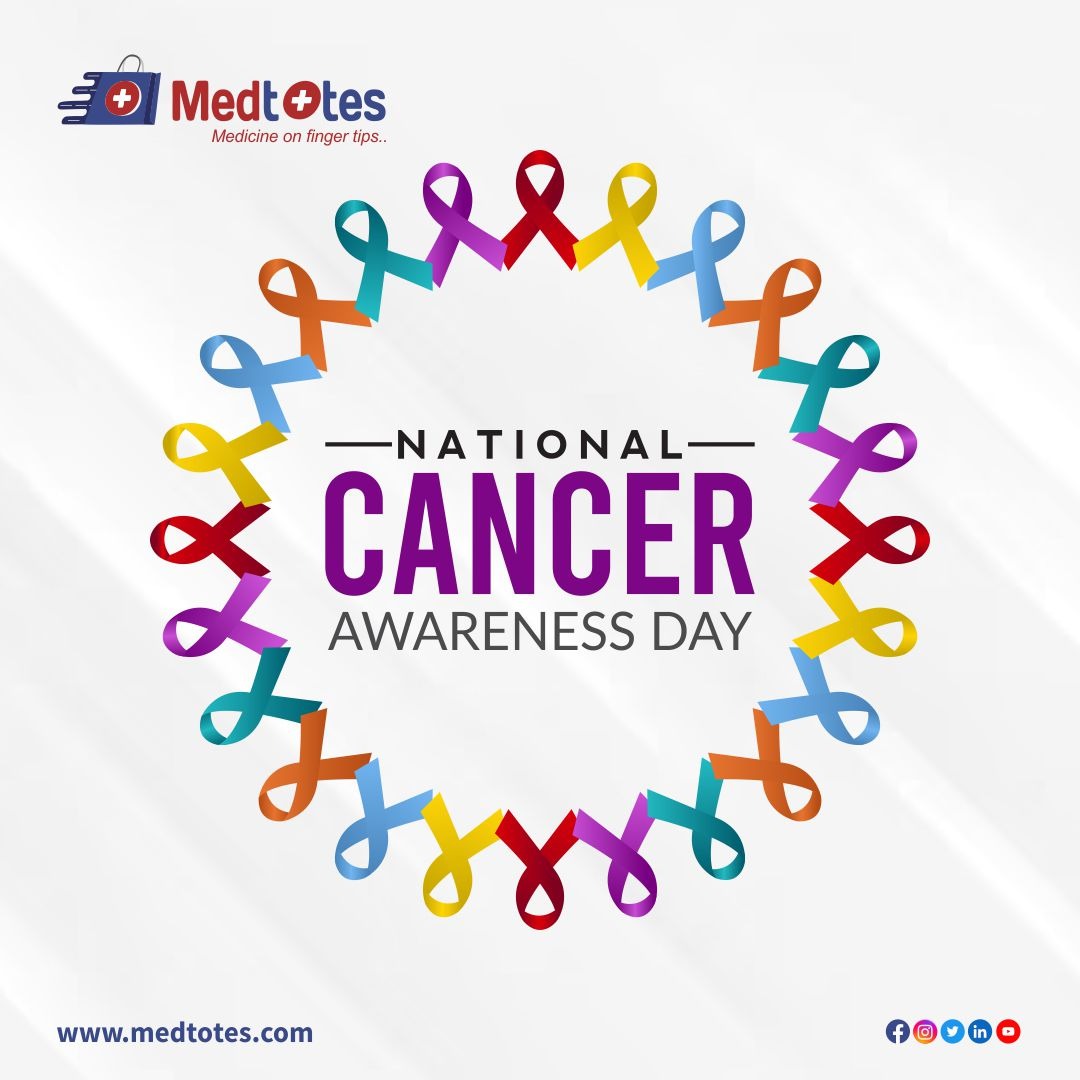I. INTRODUCTION
Cancer is a devastating disease that causes abnormal cell division and growth, forming tumors that invade and destroy tissues. Despite advancements in medical research and technology, cancer remains a leading cause of death globally, emphasizing the need for continued efforts in prevention, early detection, and effective treatment.
II. UNDERSTANDING CANCER
Common types of cancer include breast, lung, prostate, and colorectal cancer, each with unique symptoms and treatment options. Understanding these types is crucial for raising awareness and promoting early detection and prevention. Other types include ovarian, pancreatic, brain, bladder, kidney, thyroid, liver, stomach, esophageal, cervical, testicular, and bone cancers, as well as sarcoma, melanoma, and mesothelioma.
III. COMMON RISK FACTORS FOR DEVELOPING CANCER
- Age: The risk of developing cancer increases with age.
- Family history: Having a close relative, such as a parent or sibling, who has had cancer, can increase your risk.
- Smoking and tobacco use: Smoking is a leading cause of many types of cancer, including lung, throat, and bladder cancer.
- Exposure to certain chemicals and substances: Occupational exposure to substances like asbestos or benzene, or environmental exposure to pollutants like air pollution or radiation, can increase the risk of cancer.
- Additionally, prolonged exposure to the sun’s ultraviolet (UV) rays without protection can also lead to skin cancer.
IV. PREVENTION AND TREATMENT
- Avoiding recognized carcinogens such as tobacco smoke, asbestos, benzene, and environmental contaminants can help minimize cancer risk.
- Practicing safe sex and receiving HPV and hepatitis vaccinations can reduce the chance of acquiring some malignancies.
- Skin cancer can be avoided by protecting the skin from dangerous UV radiation by using sunscreen, wearing protective clothes, and seeking shade.
- Early identification and regular screenings can improve the odds of effective treatment and survival.
- Adopting a healthy lifestyle, which includes eating a balanced diet, exercising regularly, and limiting alcohol intake, can help lower the risk of cancer.
V. CONCLUSION
In conclusion, vaccinations, UV protection, regular screenings, and a healthy lifestyle can reduce cancer risk. Prioritizing these measures promotes overall well-being and reduces the burden of cancer, making it essential to adopt these preventive measures.

